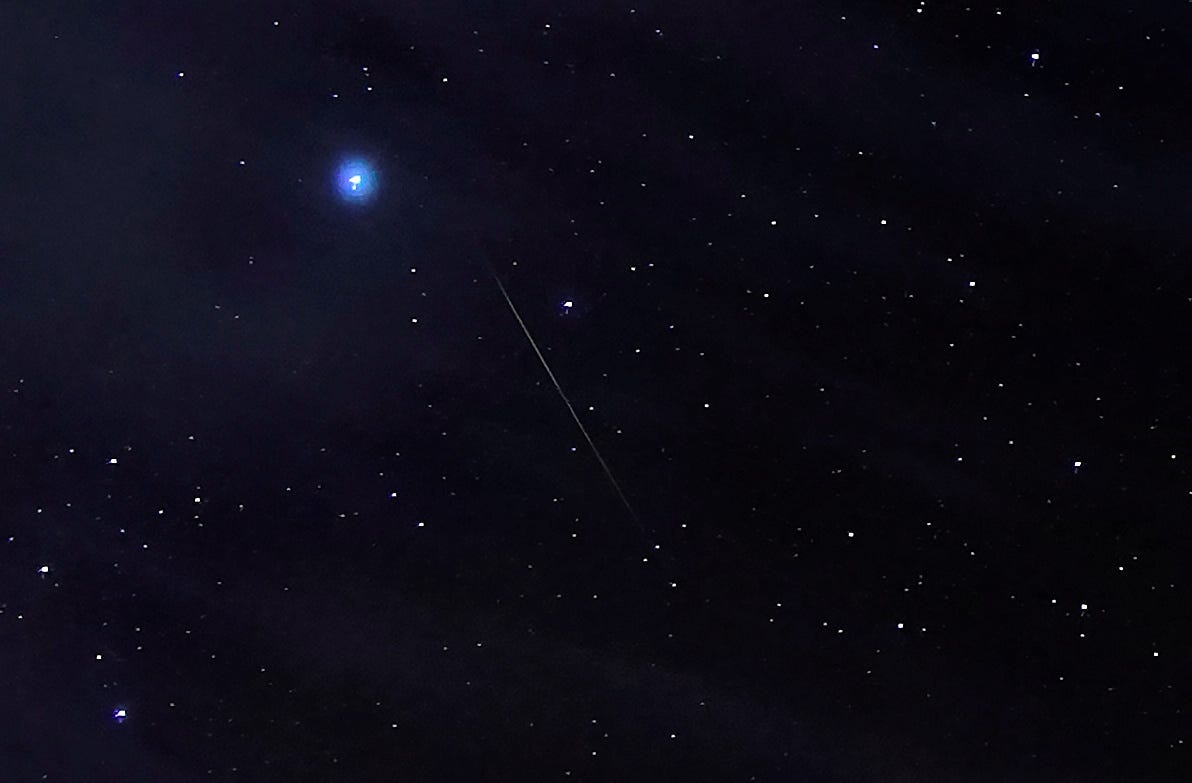October has been filled with celestial events, and this weekend is no exception.
Halley’s Comet brought a meteor shower to the Northern Hemisphere last month, and it will peak on Sunday and Monday. The Orionid meteor shower began in late September and will last through late November.
The meteors pass at about 148,000 miles per hour through Earth’s atmosphere at their peak, according to NASA. If they get fast enough, the meteors could produce fireballs that look like explosions of light.
Here is when and how to see the Orionids.
When is the Orionid meteor shower?
The official meteor shower lasts from Sept. 22 to Nov. 22., but the shower’s peak will be this weekend.
The meteor shower is expected to peak on Sunday, Oct. 20 and Monday, Oct. 21. The best time to see the meteors on these days is from midnight to dawn.
Where to look to see the Orionids?
The Orionids are named for the constellation Orion, meaning they will be near the constellation in the sky. However, you should not look directly at the constellation to find the meteors. Instead, it is advised to look 45 to 90 degrees away from the radiant which is next to the constellation.
If watchers are lucky, they may be able to see 23 meteors per hour, according to NASA.
Here are some tips to try and view the meteor shower:
-
Find an area away from the light pollution of the city
-
Give your eyes about 30 minutes to adjust to the darkness.
-
Bring a sleeping bag, blanket or lawn chair
-
Lie flat on your back with your feet facing southeast in the Northern Hemisphere, and look up, taking in as much of the sky as possible
What causes the Orionid meteor shower?
Meteor showers occur when Earth passes through or by dusty debris left by comets and other space objects. The debris collides with Earth’s atmosphere and disintegrates, creating fiery and colorful streaks in the sky.
The fireballs that come from the disintegration are known as meteors.
USA TODAY contributed to this report.
This article originally appeared on Memphis Commercial Appeal: Orionid meteor shower 2024: How to watch in Tennessee during its peak


Leave a Comment